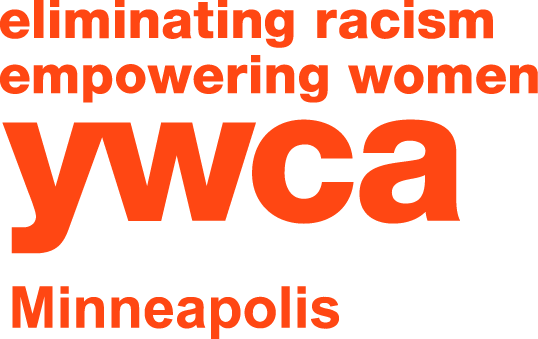Inclusive Language 101
March 2, 2022
Sexuality education incorporates many aspects of people’s lives. Our Contact Plus program creates various content that not only provides accurate sexual health information but also cultivates a space where youth can engage in this content in an authentic and safe way. Through exploring topics such as consent, healthy relationships, values, identity and more, Contact Plus creates a foundation for youth to be active agents of their lives. While having a sexual health lens is important in our programming, much of the core of our facilitation can be emulated to create inclusive environments within our communities as a whole.Our Girls and Youth staff has recently developed a sexuality toolkit that highlights ways that youth workers can increase their confidence around creating genuinely safe and responsive sex education spaces, as well as how these practices are actually a part of our everyday lives and can be used to support healthy youth development in any space.
Inclusive Language
In this blog, we will be honing in on the practice of using inclusive language. The nice thing about the focus of inclusive language is that with intention, it is quite an easy fix. As humans, categorization is a regular practice for all of the information we take in each day. Often that categorization is very gendered. Here are a few tips for de-gendering your everyday language to create a more inclusive environment:
What does this look like in practice?
- Asking for and using people’s pronouns
- Using someone’s name to talk about them if you aren’t sure of what pronouns they use
- Correcting yourself if you accidentally use the wrong pronouns for someone
- Apologizing briefly and correcting yourself if you use someone’s incorrect pronouns in front of them
- Encouraging others to use someone’s correct pronouns
- Using gender neutral terms to describe a person, or a process that may be regularly gendered
- Not labeling certain professions, roles or activities as for a certain gender identity
Examples:
- “Hi, my name is Kenzie and I use she/they pronouns. What are your name and pronouns?”
- “By the way, I think that Ben uses they/them pronouns.”
- “I apologize, she likes ice cream.”
- “That is their sibling.” (instead of sister or brother)
- “Jamie is a really fun person. I heard that Jamie likes to go skydiving.”
- A person who menstruates
- A person who can get pregnant
- Mail carrier (instead of mailman, mailwoman)
- Council person/ council member (instead of councilman, councilwoman)
- Using person instead of “woman, man, boy, girl”
